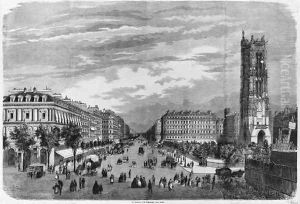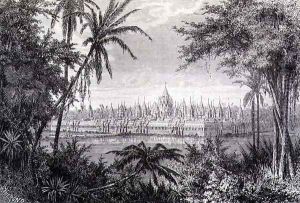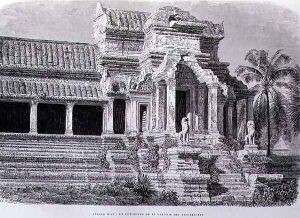Therond, Emile Theodore Paintings
Emile Theodore Therond was a French painter born in 1820, whose artistic endeavors spanned throughout the 19th century, a period rich in artistic evolution and innovation. Therond's work is less known to the general public compared to his contemporaries, but his contributions to the arts, particularly in the realms of landscape and portraiture, showcase the diversity and depth of talent present in that era.
Therond's artistic journey began in his early years, influenced by the vibrant artistic scene in France. He was part of a generation that witnessed the transition from traditional neoclassicism to the early stages of impressionism, and his style reflects a blend of the two, with a leaning towards the naturalistic and detailed approach of the former. Despite the lack of extensive records on his education, it is believed that he received formal training, as was common for artists of his time, which allowed him to develop a solid foundation in the techniques and principles of art.
Throughout his career, Therond participated in various exhibitions, notably the Paris Salon, which was a pivotal platform for artists to gain recognition. His works were appreciated for their attention to detail, composition, and ability to capture the essence of his subjects. Therond's landscapes, in particular, were noted for their serene beauty and realism, reflecting his skill in depicting the natural world. His portraits, though less frequent, were praised for their depth and ability to convey the personality and inner life of his sitters.
Despite his talent and the quality of his work, Emile Theodore Therond did not achieve the same level of fame as some of his peers. The reasons for this are multifaceted, including the sheer number of artists working in France at the time, as well as changing tastes and the eventual dominance of impressionism and post-impressionism, which overshadowed the works of more traditional painters like Therond.
Emile Theodore Therond passed away in 1889, leaving behind a modest but significant oeuvre that offers insight into the artistic landscape of 19th-century France. Today, his works can be found in several regional museums across France, where they continue to be studied and appreciated by art historians and enthusiasts alike. Although not a household name, Therond's artistic legacy is a testament to the rich tapestry of talent and creativity that characterized the period in which he lived and worked.





